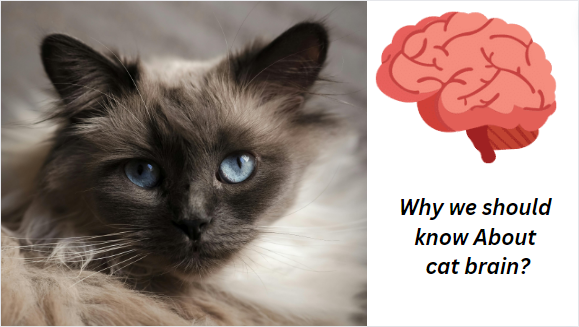Exploring the Intelligence of Cat
Even the proudest dog lovers among us can admit to the irresistible appeal of a cat’s mysterious ways and graceful personality. At the heart of every enthralling feline fascination is, of course, the intricacies of their brains. Linux Jobs threw together the following graphic, which delves into cats’ sensory, evolutionary, and problem-solving superpowers. These adaptations helped them become the natural-born huntresses the world has come to love (or perhaps merely admire from a safe distance).
Evolutionary Adaptations
Over thousands of years, cats have adapted into some of the best hunters on the planet — and their brains illustrate this specialization perfectly. Though sight is our dominant sense, cats rely on their noses, ears, and eyes to stalk through the world with precision and pinpointing prey and threats with amazing accuracy.Size and Complexity
They’re not quite as known for their smarts as dogs, but cats nonetheless have brains more intricate than any human would guess by size alone. Their cerebral cortex — the part of the brain that takes care of cognitive processing — is extensively folded, lending it more surface area and room for copious neuronal connections. Together, these physical properties give house cats their tough puzzle-solving skills and a curiosity that can find them dominating in a range of environments.Sensory Processing
A major portion of the feline brain is devoted to processing sensory information. Acute senses enable cats to detect even slight changes in their environment, communicate via scent marking, and engage in elaborate social behaviors. The olfactory bulb, responsible for processing smells, is highly developed in cats, corroborating the critical role of scent in feline communication and hunting strategies.
Social Behavior
Despite popular belief, cats are not solitary by nature. They form complex social hierarchies within multi-cat households and engage in a variety of social behaviors, such as grooming, play, and territorial marking — behaviors regulated by brain regions mediating emotion, memory, and social cognition. Indeed, the underpinnings of feline social dynamics are nearly as intricate as those of humans.
Cognitive Abilities
Cats are intelligent animals capable of learning and problem solving. Their brains exhibit a structurally similar, remarkable plasticity that allows them to adapt to new situations and learn from experience. Cats can learn to perform tasks, respond to training cues and adjust to their environment with ease with positive reinforcement. With learning and memory, and sophisticated cognition, at work, they not only can, but do.
Emotional Complexity
Cats are complex individuals with emotional lives, and they share many of the same emotions as humans, including joy, fear and anxiety. Cats have a limbic system, a group of brain structures that are associated with emotion and behavior, that helps regulate emotional responses. Understanding their emotional responses is important for promoting their welfare and addressing behavioral problems. Auditory and visual communication, positive social interactions, environmental enrichment and minimizing stressors are essential for promoting emotional well-being in the feline patient.
Sleep Patterns
The average cat spends about two-thirds of their days sleeping (approximately 16 hours). Cats have a need to sleep that is influenced by their brain’s circadian rhythm, age, health and environmental stimuli. Cats are crepuscular, which means that they are most active during dawn and dusk – a behavioral trait that has evolved from their historical nocturnal hunting habits.
Neurological Disorders
Cats can suffer from a wide array of neurological conditions that can affect their cognitive, motor and sensory functions and their behavior. Some of the most common neurological diseases are epilepsy, cognitive dysfunction syndrome (dementia) and brain tumors. Prompt recognition and treatment of these conditions is essential to mitigate their effects and maximize the quality of life for affected feline.
The cat brain, in short, is a marvel of natural selection, a high-performance machine fine-tuned over millennia to balance the cognitive demands of resource hunting and interactive play with the social realities of a communal feline lifestyle. By shining a light on these mysteries, we enrich our relationships with and understanding of these creatures and marvel at the complexity of what was once, not so many years ago, considered to be a cold, and perhaps soulless, creature.
Let me know what is your thoughts about this article . I would appreciate your comment 👇









